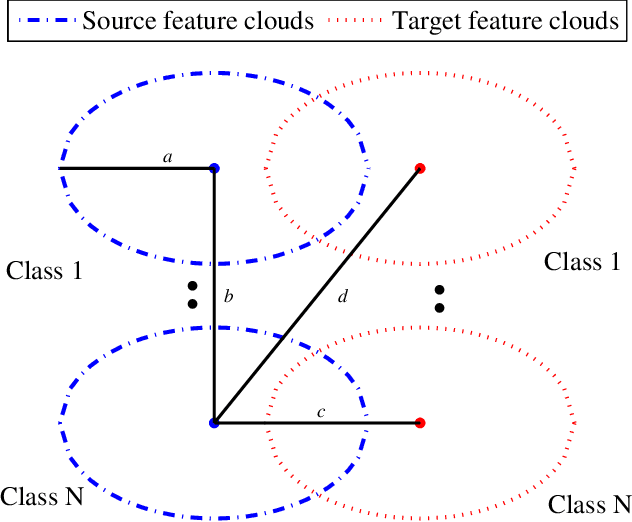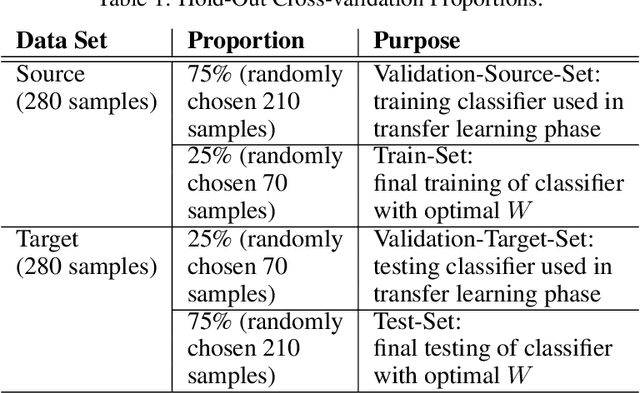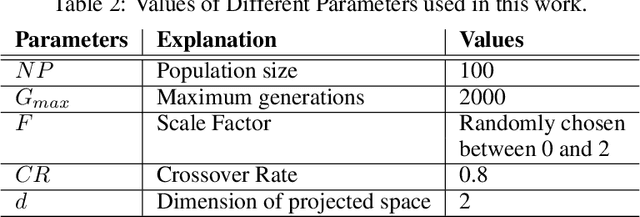Monalisa Pal
Decomposition in Decision and Objective Space for Multi-Modal Multi-Objective Optimization
Jun 04, 2020



Abstract:Multi-modal multi-objective optimization problems (MMMOPs) have multiple solution vectors mapping to the same objective vector. For MMMOPs, it is important to discover equivalent solutions associated with each point in the Pareto-Front for allowing end-users to make informed decisions. Prevalent multi-objective evolutionary algorithms are incapable of searching for multiple solution subsets, whereas, algorithms designed for MMMOPs demonstrate degraded performance in the objective space. This motivates the design of better algorithms for addressing MMMOPs. The present work highlights the disadvantage of using crowding distance in the decision space when solving MMMOPs. Subsequently, an evolutionary framework, called graph Laplacian based Optimization using Reference vector assisted Decomposition (LORD), is proposed, which is the first algorithm to use decomposition in both objective and decision space for dealing with MMMOPs. Its filtering step is further extended to present LORD-II algorithm, which demonstrates its dynamics on multi-modal many-objective problems. The efficacy of the frameworks are established by comparing their performance on 34 test instances (obtained from the CEC 2019 multi-modal multi-objective test suite) with the state-of-the-art algorithms for MMMOPs and other multi- and many-objective evolutionary algorithms. The manuscript is concluded mentioning the limitations of the proposed frameworks and future directions to design still better algorithms for MMMOPs.
A Many Objective Optimization Approach for Transfer Learning in EEG Classification
Apr 04, 2019



Abstract:In Brain-Computer Interfacing (BCI), due to inter-subject non-stationarities of electroencephalogram (EEG), classifiers are trained and tested using EEG from the same subject. When physical disabilities bottleneck the natural modality of performing a task, acquisition of ample training data is difficult which practically obstructs classifier training. Previous works have tackled this problem by generalizing the feature space amongst multiple subjects including the test subject. This work aims at knowledge transfer to classify EEG of the target subject using a classifier trained with the EEG of another unit source subject. A many-objective optimization framework is proposed where optimal weights are obtained for projecting features in another dimension such that single source-trained target EEG classification performance is maximized with the modified features. To validate the approach, motor imagery tasks from the BCI Competition III Dataset IVa are classified using power spectral density based features and linear support vector machine. Several performance metrics, improvement in accuracy, sensitivity to the dimension of the projected space, assess the efficacy of the proposed approach. Addressing single-source training promotes independent living of differently-abled individuals by reducing assistance from others. The proposed approach eliminates the requirement of EEG from multiple source subjects and is applicable to any existing feature extractors and classifiers. Source code is available at http://worksupplements.droppages.com/tlbci.html.
 Add to Chrome
Add to Chrome Add to Firefox
Add to Firefox Add to Edge
Add to Edge